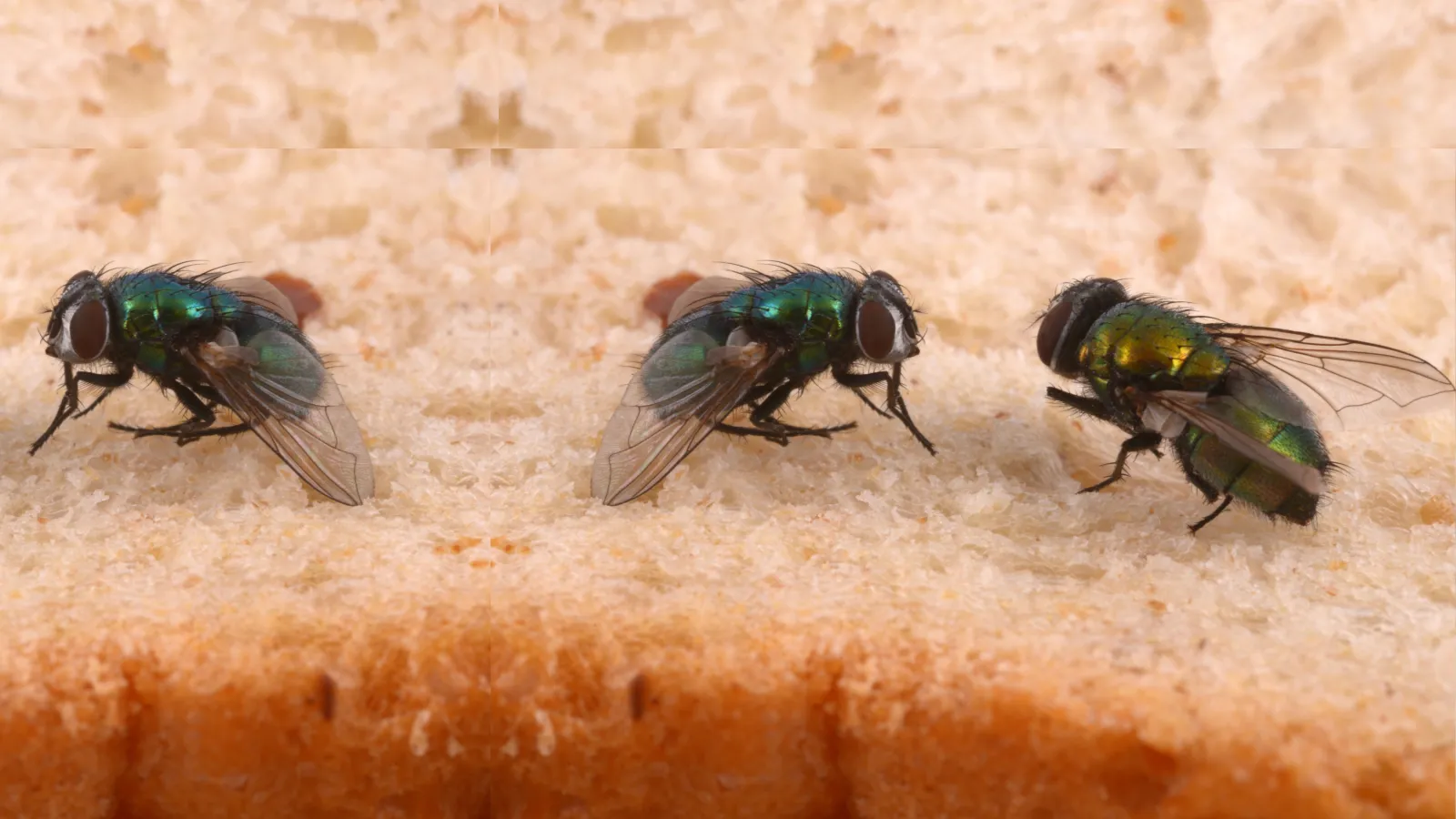
Flies
Scientific Order: Diptera
The Diptera order includes over 240,000 distinct species. Over a third of these species live in America, and all are considered pests of some sort. All true flies have the capacity to spread disease, both indirectly and directly. From the common house fly to mosquitoes and sand gnats, all species of fly warrant some extermination.
True flies have only one set of wings and are not renowned for their beauty as an order. The diseases they carry are in part derived from the areas they breed. Flies choose to lay their offspring in disgusting places, among them garbage piles, sewer systems, and rotting animal flesh. In all of these places, pathogenic bacteria live and thrive, and the flies are coated in infectious diseases that they can then transmit to humans. Some of the diseases these flies spread are malaria and yellow fever, with a combined death toll ranging in the millions annually.
Even as maggots, the beginning stage of life for true flies, these insects can be incredibly destructive. From the pulverization of vegetable roots to parasitism, these maggots can be devastating and, in some instances, even cruel. The common fly we encounter in day-to-day life is the house fly, which is notorious for spreading disease. Other common species include the fruit fly, which is incredibly small and reproduces rapidly, and the horse fly, which can actually bite humans. All of these species are destructive and considered a pest in need of control.
The main function of flies in an ecosystem is the decomposition of dead organic matter. In this, they are incredibly helpful and necessary detritivores, but it is this distinction that makes them the notorious vectors for disease that we know them as. For this reason, professional pest control should be sought whenever an infestation of flies is discovered.
To request a free pest inspection, contact Preferred Pest Control today.
